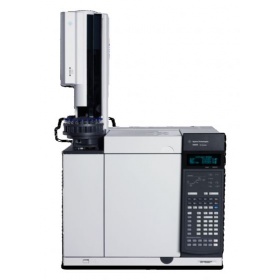微波辅助聚合反应2-恶唑啉: 离子液体溶剂和氟化芳烃单体
The use of microwave-irradiation instead of conventional heating has been demonstrated to result in faster and cleaner reactions and in some cases to different selectivity. In our previous work, we have demonstrated that the use of pressurized microwave conditions results in a tremendous acceleration for the cationic ring-opening polymerization of 2-oxazolines. However, this observed acceleration could be reproduced using conventional heating in an autoclave. Nonetheless, the control over the polymerization was slightly better under microwave irradiation due to the more homogeneous temperature profile. This improved control over the polymerization allowed the synthesis of well-defined triblock and tetrablock copoly(2-oxazoline)s for the first time.
In this contribution, the use of ionic liquids, which are well-known as excellent microwave absorbers, as solvent for the microwave-assisted cationic ring-opening polymerization of 2-ethyl-2-oxazoline is discussed. In addition, a continuous flow operating procedure is proposed, in which the poly(2-ethyl-2-oxazoline) is extracted with water and the ionic liquid is reused for the polymerization after removal of the residual water using a microwave-assisted distillation. The second part of this contribution deals with the microwave-assisted cationic ring-opening polymerization of fluorinated 2-phenyl-2-oxazolines. These monomers have never been considered for polymerization since the electron withdrawing substituents on the aromatic system were thought to result in too slow polymerization. Nonetheless, the accelerated microwave-assisted polymerization procedure allowed the polymerization of these monomers, whereby surprisingly fast polymerizations were obtained for monomers with ortho-fluoro substituents. CEM Discover 环形聚焦单模微波合成系统








